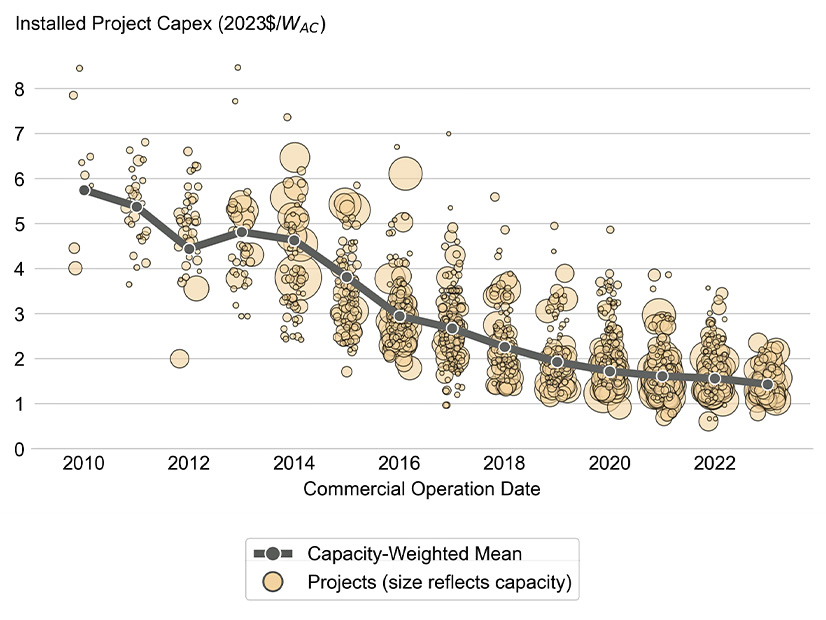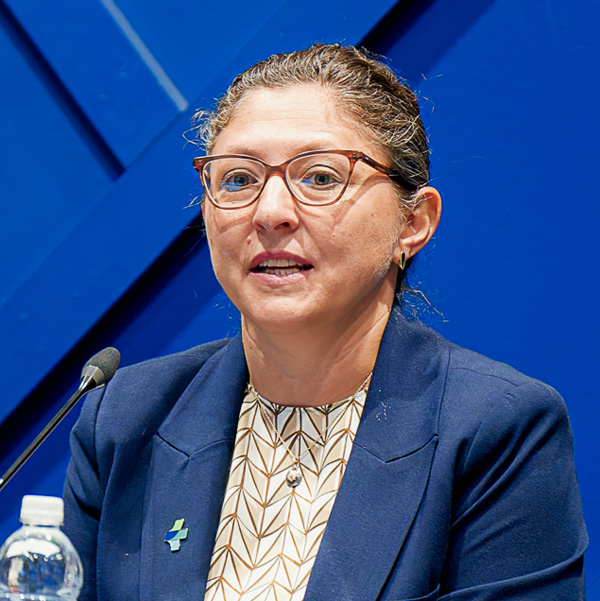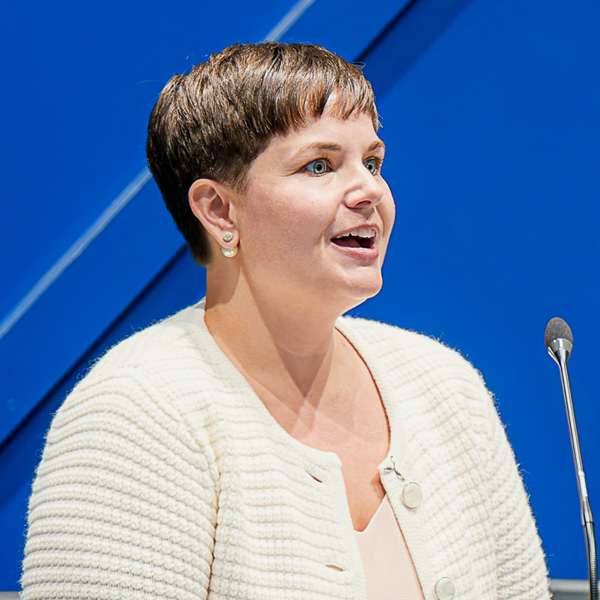The California Energy Commission is offering $43 million in grants to fund waterfront facility improvements to support the development and operation of floating offshore wind energy off the state’s coast.
Eli Harland, energy policy expert and planner at CEC, gave an overview of the solicitation and how to apply during an Oct. 16 workshop.
“The purpose of the GFO [grant funding opportunity] is to fund projects that will plan for offshore wind energy infrastructure improvements that can advance the capabilities of California waterfront facilities, ports or harbors to support the development and operation of floating offshore wind projects,” Harland said.
The solicitation implements provisions of Assembly Bill 209, otherwise known as the Energy and Climate Change Budget bill, that requires the commission to implement a variety of clean energy programs, including the Offshore Wind Waterfront Facility Improvement Program. CEC will obtain the funds in June 2025 and make them available to selected grant applicants by June 2029.
The Waterfront Facility Improvement Program was established in recognition that ports will be crucial to all aspects of the development and operation of floating offshore wind projects, including manufacture of parts such as blades, assembly and transport of turbines, and the operations and maintenance of final products.
The solicitation required by AB 209 works in tandem with several other policy efforts aimed at advancing West Coast wind projects, including AB 525, which directed the CEC to develop a strategic plan outlining offshore wind development. The report was approved in July and includes a chapter covering efforts to improve ports and waterfront facilities.
According to the plan, California’s existing port infrastructure is insufficient to support the offshore wind industry. Individual wind turbines are likely to be anywhere from 12 MW to 25 MW each and can only be transported over water, making staging and integration port sites where turbines are assembled essential.
It also emphasizes that “no single port site in California can support all the needs of the offshore wind energy. Instead, multiple ports will be needed and … [upward] of 16 large and 10 small port sites [could be needed] to support offshore wind development over the next decade or more.”
The CEC will fund offshore wind infrastructure improvements at waterfront facilities in two investment categories. Category 1 covers activities that support developing individual or regional retrofit concepts and investment plans. Category 2 includes activities that support final design, engineering, environmental studies and review, and construction of retrofits.
Up to $6.75 million will be available for grants for Category 1, with projects eligible to receive a minimum of $750,000 and a maximum of $2 million. Up to $36 million is available in Category 2, with a project minimum of $9 million for each project and a maximum of $27 million. Eligible applicants include port authorities, operators and commissioners and California waterfront facilities and partners. Applicants in both categories must demonstrate site control.
Funding, Site Control Concerns
While commenters during the call largely expressed approval of the program, some industry experts weren’t happy with the way the funding was split between categories.
“We would like to see some additional funding allocated to Category 1 activities, in addition to increasing the overall award size for category one activities from the $2 million cap. That’s really not a lot of money,” said Artie Mandel, director of strategic initiatives at the Port of Los Angeles. “This program is a really unique opportunity for all of the California ports to support the statewide strategy and build out a California supply chain, and we really need to make sure that there’s enough resources there to support all of the ports in undergoing their planning efforts.”
Other meeting participants echoed the request for increasing Category 1 funding.
Jason Cotrell, founder and CEO of Sperra, a company that designs and manufactures offshore wind infrastructure, expressed concern about the Category 1 site control requirement.
“The site control really puts the cart before the horse. I think one thing that we can agree on is that floating offshore wind is very early in terms of supply chain and technology developments, and it will consistently change over the next decade before it’s deployed in California,” Cotrell said. “We really think that site control in Category 1 is an unnecessary requirement that potentially restricts and will discourage participants from participating in Category 1.”
The deadline to submit applications is Nov. 22, and the notice of proposed awards will be announced in December. The anticipated start time for the project agreements is April 2025.


